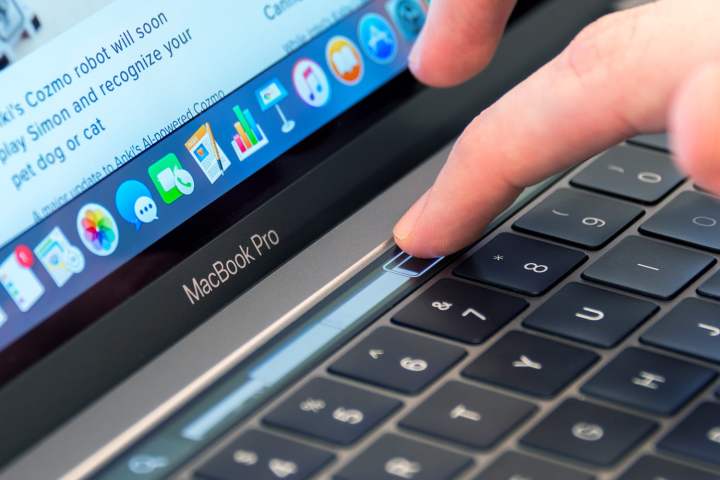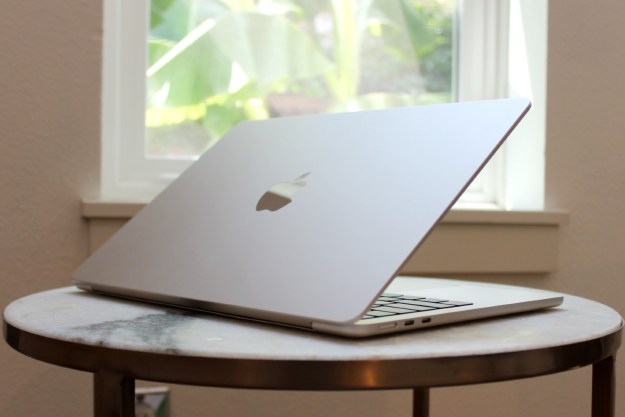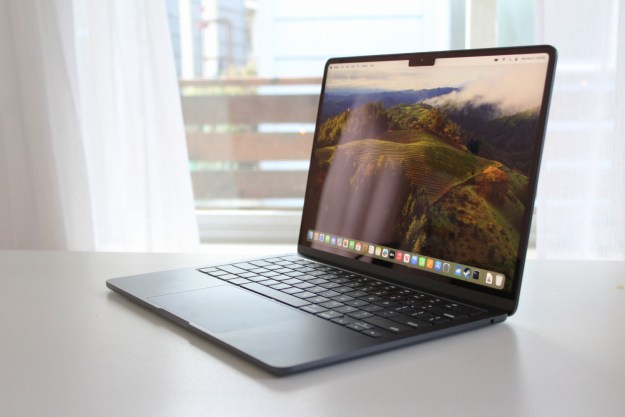
Apple’s Sword of Damocles has dropped on the 12-inch MacBook, with the product being completely removed from sale by the company. At the same time, the non-Touch Bar MacBook Pro has also been ditched, meaning all MacBook Pro models now come with the Touch Bar.
The 12-inch MacBook was first introduced in 2015 as Apple’s thinnest and lightest MacBook ever. But with the update to the MacBook Air in 2018, it seemed that there was no room for it, with the Air apparently being deemed thin and light enough to satisfy consumer demand.
Despite its relatively weak processor (some models came with Intel’s mobile M series chips, although i5 processors were also available) and single USB-C port, the 12-inch MacBook was similarly priced to the MacBook Air. It seems this led Apple to conclude that it was surplus to requirements.
As for the MacBook Pro, Apple has focused its attention on the entry-level 13-inch model. This has finally been updated to have 8th-generation quad-core Intel processors, putting it in line with the other MacBook Pro models it sells. Apple says this makes it “two times more powerful than before.”
Along with that, the entry-level 13-inch Pro now comes with a Touch Bar, meaning Apple has effectively killed off the non-Touch Bar MacBook Pro.
Surprisingly, neither of these updates have resulted in Apple increasing the cost of the affected MacBook Pro: it still sells for $1,299. The inclusion of 8th-generation Intel chips and the Touch Bar for no additional cost should now make it a much more attractive prospect to potential buyers.
As with the MacBook Air, students can save $100 on this MacBook Pro, which they can buy for $1,199.
Both devices are part of Apple’s Back to School promotion. This lets you get a pair of Beats Studio 3
Also, Apple today updated the Air so that all models now come with a True Tone display. This is Apple’s screen tech that automatically adjusts the color temperature of the screen depending on the ambient light, a feature that was sadly missing when Apple released the redesigned MacBook Air in 2018.
At the same time, Apple has lowered the price of both MacBook Air models by $100. The entry-level model now costs $1,099, down from $1,199, while the higher-end model costs $1,299, down from $1,399 (chances are these prices are going to also drop with the Black Friday MacBook deals).
If you’re a student you can save even more cash, as you’ll be able to get the base MacBook Air for $999. That means it’s the first time since the new MacBook Air was released in 2018 that an up-to-date MacBook Air has been available for under $1,000.
That price drop means there’s no longer a viable place for the last-generation MacBook Air, which Apple was previously still selling for $999. That model was woefully out of date and has been removed from sale by Apple.
Editors' Recommendations
- The XPS 16 is fighting an uphill battle against the MacBook Pro
- A new wave of powerful laptops rises to challenge the MacBook Pro
- If you buy one MacBook Air alternative, make it this one
- The case for buying the M2 MacBook Air over the M3 model
- Why you should buy a MacBook Pro instead of a MacBook Air




